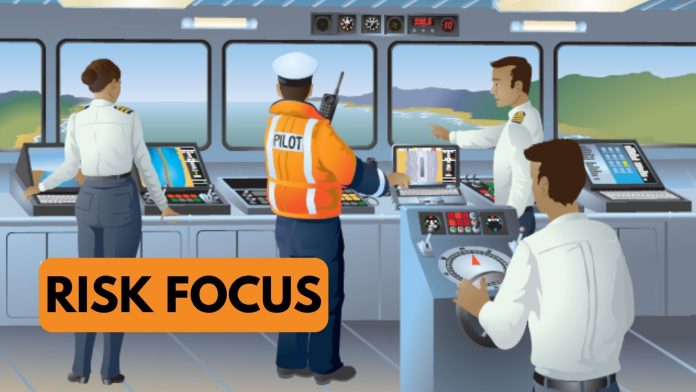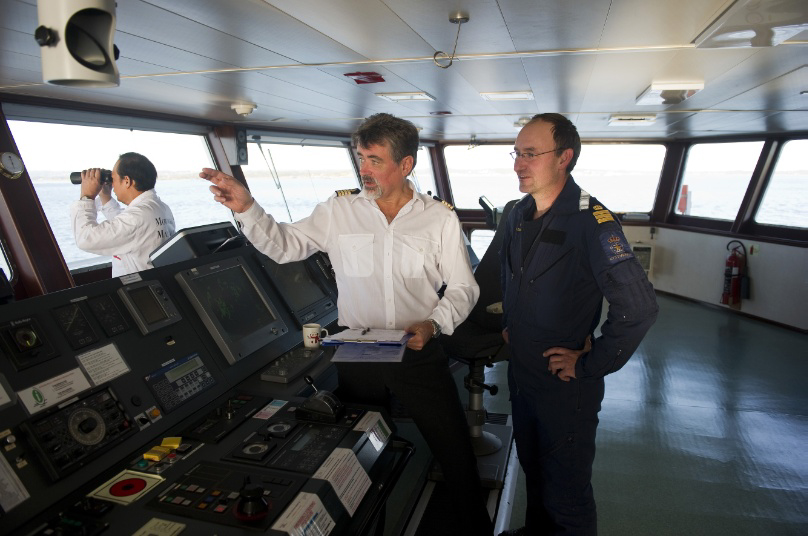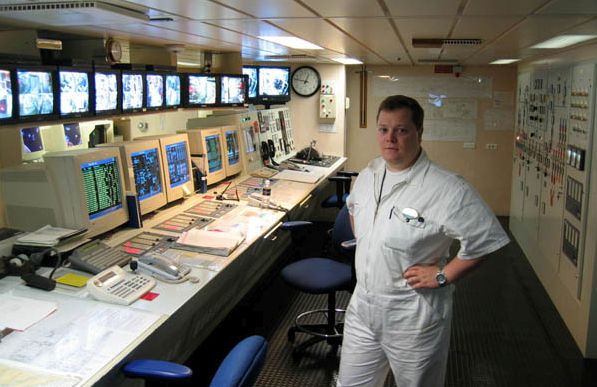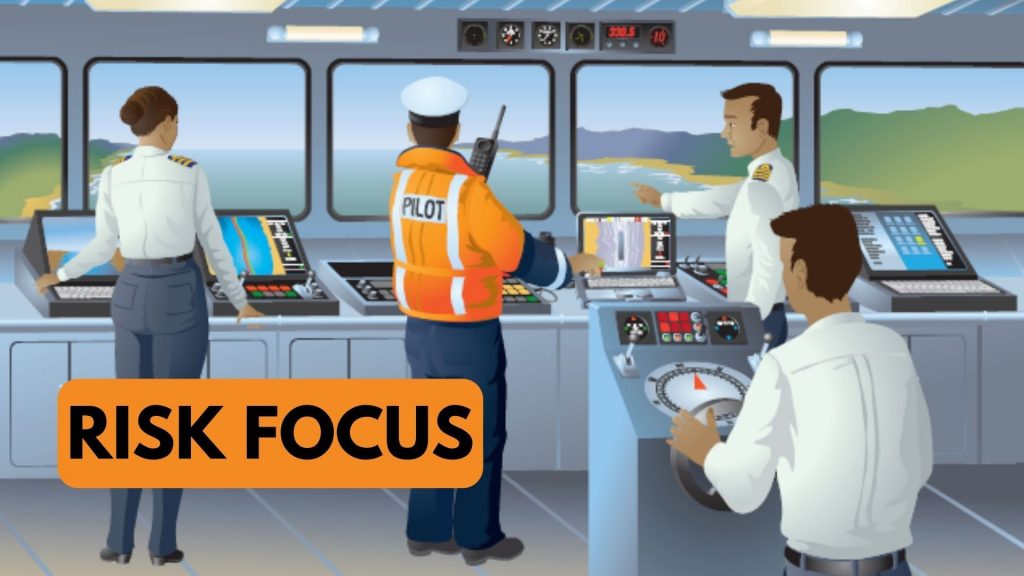
(www.MaritimeCyprus.com) Emergency response on board vessels is normally comprehensively covered by the Emergency Guidance Manual or similar publication within the vessel’s Safety Management System. An Emergency Guidance Manual will ordinarily address the issue of ship / shore / management interaction. However, often a very important interface is either overlooked, or given scant attention, and that is the interaction between the bridge and engine room teams.
It needs to be remembered that in many cases the incident may not be a single event and, for example, a collision may also lead to subsequent pollution, or a fire may involve injuries and fatalities. Therefore, be prepared for multiple scenarios.
LIFE, ENVIRONMENT, PROPERTY
Remember the three priorities that should be considered when dealing with an incident and these will be drivers for the flow of information between the bridge and engine room teams and vice versa:
- Life – this is your first priority, as it cannot be replaced.
- Environment – this is your second priority, as usually pollution incidents can be rectified with time and expenditure.
- Property – your ship, cargo and third party assets can always be replaced and hence why these are priority number three.
Remember ‘Life / Environment / Property’, or LEP, when dealing with an emergency situation.
After an incident the following factors will need to be communicated clearly and concisely, using simple language to ensure all involved are aware of what is occurring and enabling them to provide the most appropriate support from one team to another, as well as ensure that the most suitable help can be sought from third parties, be it port state authorities or the vessel’s managers:
- What has happened?
- Where has it occurred?
- Why has it taken place?
- When did it happen?
- Who is affected?
Initially, sufficient information needs to be provided so that appropriate actions can be instigated. Time is key following an incident and further advice can be provided later, hopefully, once a situation stabilises. You need to be open in relation to the information shared: trust is important in being a strong team and can only ease the flow of advice while holding back information is likely to be unhelpful. Remember to remain calm, shouting down the telephone or radio helps nobody. Being calm will also reinforce to others that you are in control and hopefully provide a peaceful influence at a time of confusion and stress. It is important that messages given to the bridge or engine room teams, as well as to others onboard, such as an emergency response team, or fire party, are consistent.

MEASURED AND TIMELY COMMUNICATIONS
It needs to be remembered that when one team, be it the bridge or engine room, is principally dealing with an incident that they will be busy and repeated calls from the other team asking for updates may well be unhelpful and a hindrance. Therefore, you should ensure that all communications are measured, necessary and proportionate, while also considering that a deterioration in the situation will need to be promptly promulgated to all parties. Often one party will call the other and upon not receiving an answer, will repeatedly call in quick succession. However, it may well be that the other team are aware of your call, but they are just not in a position to answer at that time, and repeated calls can become an unwelcome distraction. Generally, the other team will get back to you as soon as they can.
You should retain an awareness of time. Information will periodically need to be shared between the two teams, and if time passes by without an update, incorrect assumptions misinformation, or rumours may arise. Even if there is nothing further to tell the other team, just being in contact periodically in an emergency can be reassuring. Where possible, you should provide an update on when you expect further information to be available, as having a rough timeline to follow is helpful in such a stressful situation.
When a disturbing event occurs, it is only natural that people will revert to speaking in their mother tongue as that feels more natural and is what they are most comfortable with. Almost invariably, there will be a number of nationalities onboard, ordinarily conversing in the working language of the ship which is usually English. However, when a person reverts to their mother tongue, this can lead to confusion as to exactly what has occurred. Although it is difficult to change such a natural reaction, it is recommended that, as part of onboard safety training, this particular issue is highlighted to crew. In the unfortunate event of a serious incident occurring, they should be encouraged to try to stay calm, think about what message they want to convey, and then promptly pass on the information clearly and concisely so that the necessary actions can be instigated as quickly as possible.

TESTING AND TRAINING
Of crucial importance is the means of communication between the bridge, engine control room, engine side and steering flat. Ordinarily, telephones will be the principal means of communication and will not need to be tested as they are used on an almost daily basis. However, secondary and other back-up means of communication will require periodic testing and should be included within the vessel’s Planned Maintenance System (PMS). Sound powered telephones, talk-back systems and remote telephone handsets which are infrequently used should be subject to periodic testing. A worthwhile exercise, if not undertaken already, is to test any handheld walkie-talkie system, be this VHF or UHF, to determine where any “dead-spots” may exist within the machinery spaces, which could hinder communications with the bridge team in an emergency situation. To be aware of any areas of very poor, or no radio communication signal, in advance makes dealing with the issue, at a time of high stress, slightly more manageable.
Remember that the bridge and engine room teams will need to work together in an emergency situation, and clear, concise and measured communication is a key factor in ensuring a successful outcome for all parties. This further highlights the absolute necessity and importance of conducting frequent realistic onboard drills to best prepare the crew for stressful emergency situations. Ashore, this would also include the use of simulator training where specific emergency scenarios can be rehearsed.
Source: Simon Rapley













